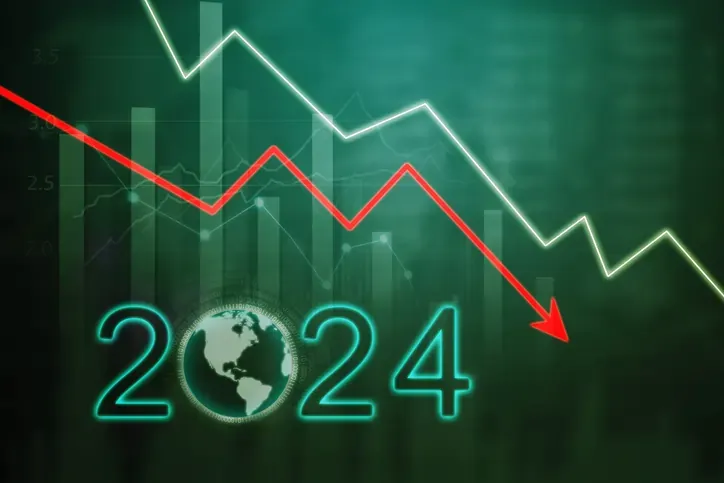
Why 2024 will challenge financial institutions to look inward

The first month of the year should be a time to reflect and plan. Banks and credit unions would agree that the past few years have presented several challenges, including increased competition, evolving accountholder expectations, tough economic conditions, and more. For example, rising interest rates, higher costs of deposits and capital, and declining loan revenues have led to shrinking margins. These factors have forced many banks and credit unions to make rushed decisions and create haphazard strategies. This year, financial institutions will be faced with the same set of challenges but will need to be more intentional in their strategies.
Financial institutions must first understand who they are before developing a strategy to support their needs. This starts with asking themselves about who their accountholders are, if they are a relational or transactional institution, and if they are a primary or secondary institution to their accountholders. The answer to these questions require financial institutions to break down siloes and build a clean data environment. Leveraging data aggregation and advanced intelligence solutions can help clean, analyze, and segment the data they already have on accountholders to build a comprehensive view of their relationship and behavior.
Understanding their full banking relationships will help financial institutions determine which relationships are both primary and profitable. Each bank or credit union will define primary relationships differently. But, accountholders view their primary institution as a place to pay their bills and deposit their income. Knowing which accountholders have primary relationships will allow banks and credit unions to understand spending and product usage and then develop a strategy to optimize it.
Now that they know who their accountholders are, financial institutions should invest in those relationships rather than acquiring new ones. Existing relationships have a proven history of contributing to the financial institution’s bottom line. For example, 15% of all consumer relationships drive 75% of deposits and 50% of revenue, and a business relationship with treasury management and the primary operating account will have three times the return on capital. It will be much easier and more cost-effective for banks and credit unions to grow this way instead of focusing on an open market with crowded competition.
So, how can banks and credit unions invest in primary relationships? They should spend time understanding their needs and looking for opportunities to deepen these relationships. Because they have the visibility into these relationships, they can take the time to proactively recommend products and services to help them improve their financial lives. For instance, they might use products and services outside of their institutions and resemble the behaviors of a small business owner. They can use this information to suggest alternative payment services, as well as see if they might need a line of credit or loan. They could also use this information to educate them on available products or how to make the most of current offerings, so they don’t have to search for other options.
As banks and credit unions reflect and plan, they need to understand who they are and how important primary relationships will be. Finding ways to protect and take care of these relationships should be a top priority. Banks and credit unions can’t afford to lose them, especially given today’s economy. In 2024, I hope financial institutions become more relational, knowing how many primary relationships they have and if loans and lines of credit are priced and sized appropriately for the relationship and risk profile. This is how they can be more intentional and respond with data-driven strategies.


